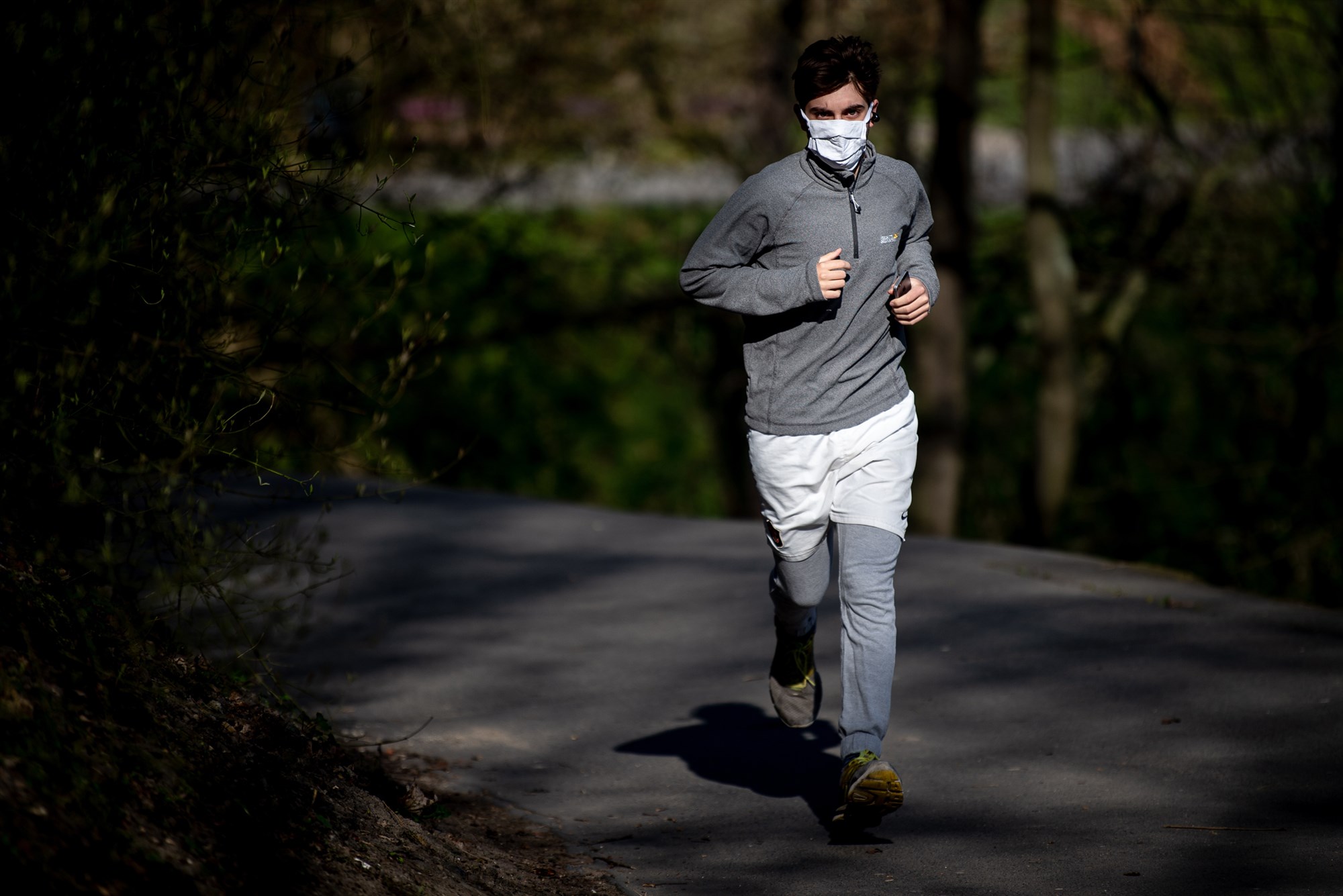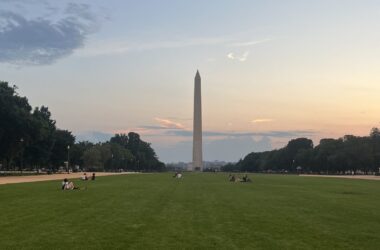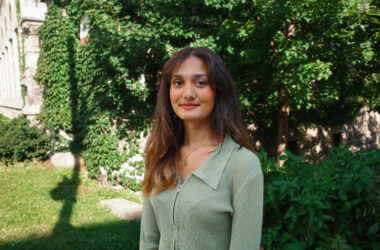There’s a famous scene in Forrest Gump when Forrest, who has spent all day in his sleepy Alabama home staring into a void, dons his cap, springs out of his rocking chair, and for no particular reason, starts running. Forrest runs first to the end of the road, then to the edge of town—and once he has reached the edge of his county, he figures he might as well run across his state.
Forrest keeps running for many years, eventually criss-crossing the United States. One day, running as usual, a crowd of journalists assails him with a barrage of questions: “Why are you running? Are you doing this for world peace? [For] the environment? [For] the animals?” Forrest, incredulous, tersely admits, “I just felt like running.”
Similarly, for no particular reason and with nothing better to do, I began running on a frigid afternoon in late March. I had none of Forrest’s boundless stamina, unfortunately, and my first outing of the pandemic was a dismal experience, as I found myself incessantly panting and stopping during the entire five-kilometer loop.
Two days later, still without thinking much of it, I was running again—the same five-kilometer loop, still panting and stopping, but for briefer stretches of time. Two days after that, I ran again.
Before long, running became a habit. Every other evening, I would go outside and run, with no exception for Saturdays or Sundays. It took me a few weeks to master the five-km run—once I could do that distance in a single stretch, I added an extra two kilometers and made it a seven-kilometer run. A few runs later, when I had mastered that one, I added a bit more and made it a nine-kilometer run.
In those early months of the lockdown, each day felt the same as the day before it. I would wake up late, barely touch my class material, then veer into existentialist rabbit holes while reading the news. But at least I ran in the evening. And I was content with having done at least one productive thing with my day.
Eventually, what began as a mindless habit to spend time became one of the few anchors that kept me level-headed in day-to-day life. With running, I could clear my mind of global events, keep track of the changing seasons, and focus on reaching ever-longer distances.
My absurd objective—which I whole-heartedly believed was unattainable—was to reach the distance of a half-marathon. But by mid-May, I’d run a string of 17-kilometer loops at decent times, and one balmy Wednesday night, I ran the full 22 kilometers in a single stretch.
Absolutely drained from my experience and now detesting nothing more than the idea of running in vain circles, I decided that very night to retire from running.
But Forrest Gump, crossing the United States, didn’t stop when he reached one of the oceans; he merely turned around and kept running. It didn’t take me long to follow his lead—three days after my half-marathon, I sprang out of “retirement” and kept going. Running was enjoyable as an end in and of itself.
The pandemic—much like running—has been a big test for our stamina. As we brace for a second wave that seems destined to look much like the first, my new pastime has taught me a few things about living through dull, monotonous days. Most important is to set markers that demonstrate progress in our day-to-day, whether that be reading a few pages of a novel every day or aiming for longer distances every evening, so that we don’t feel like we are perpetually trudging on a hamster wheel.









